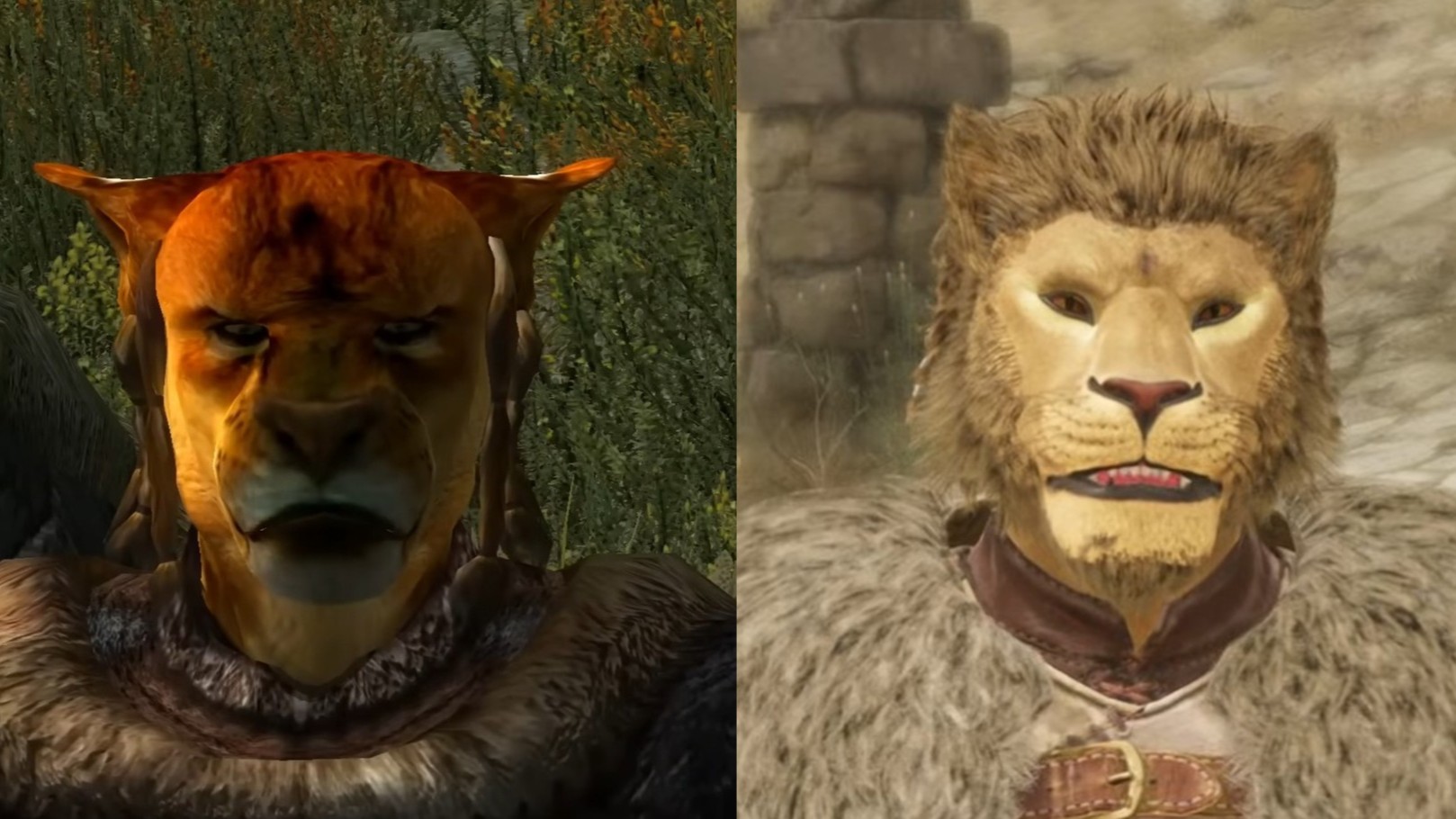How to use WebVR in Firefox with HTC Vive or Oculus Rift
Firefox now has out-of-the-box WebVR support on Windows PCs – here's what that means and how to use it.

Mozilla recently announced an expansion of its virtual reality efforts, expanding the capabilities of the Firefox web browser. As seen in a recent update, Mozilla's flagship product now supports WebVR – a cross-platform solution for delivering VR content over browsers.
Similarly to how tradition web apps operate, WebVR can provide full-fledged experiences through web browsers, without the need to download a dedicated application or client. With support for all leading headsets, the technology is looking to play an important role in how VR content is delivered going forward.
Following the latest update for Firefox, desktop VR users can now jump into the fun. Here's how to take advantage of WebVR content through the Firefox web browser.
How to get started with WebVR via Firefox

Although WebVR can support all leading headsets on the market, Mozilla's initial implementation is limited to the Windows application. Furthermore, only HTC Vive and Oculus Rift headsets are supported, excluding support for Windows Mixed Reality during its initial debut.
To get started with experiences, simply open Firefox and navigate to a web page hosting WebVR content. By following the steps below, VR experiences can be handed off from the traditional desktop web browser, directed to your connected head-mounted display.
- Install the Mozilla Firefox web browser for Windows if you're yet to do so.
- Ensure your HTC Vive or Oculus Rift is connected to your PC.
- Open Mozilla Firefox.
- Navigate to a page that displays WebVR content. Although a wide range of sources is available, we suggest visiting Mozilla VR, where the company recommends a range of first-party and third-party content. Among our top picks is A-Painter and A-Blast - two of Mozilla's in-house experiences for the HTC Vive and Oculus Rift.
- Press the designated button to enter VR. Although this varies between pages, this is often indicated by a VR headset icon or some type of indicator. After initiating the switch, VR content should now be visible on your headset.
It should be noted that as an open standard, the quality of supported content can vary hugely. VRHeads Managing Editor, Russell Holly, put it best – "WebVR is kind of the Wild West of immersive experiences. Anyone can build anything, and because it's all on the web and not in a managed store there are no rules regarding content and quality." While it's possible to load any WebVR content into the headset, we recommend sticking the popular experiences to begin with.
Overall, the WebVR standard poses an interesting future for virtual reality, allowing applications to be quickly loaded onto your headset. By removing the need to purposely install programs, short VR experiences can be much more compelling, without wasting precious hard drive space. Although head tracking and some more advanced desktop-VR features can sometimes be somewhat unreliable, we can expect improvements to be rolled out in the months ahead.
Get the Windows Central Newsletter
All the latest news, reviews, and guides for Windows and Xbox diehards.
Have you used Firefox in VR yet? Make sure to try it and drop your initial impressions in the comments section.
Matt Brown was formerly a Windows Central's Senior Editor, Xbox & PC, at Future. Following over seven years of professional consumer technology and gaming coverage, he’s focused on the world of Microsoft's gaming efforts. You can follow him on Twitter @mattjbrown.

